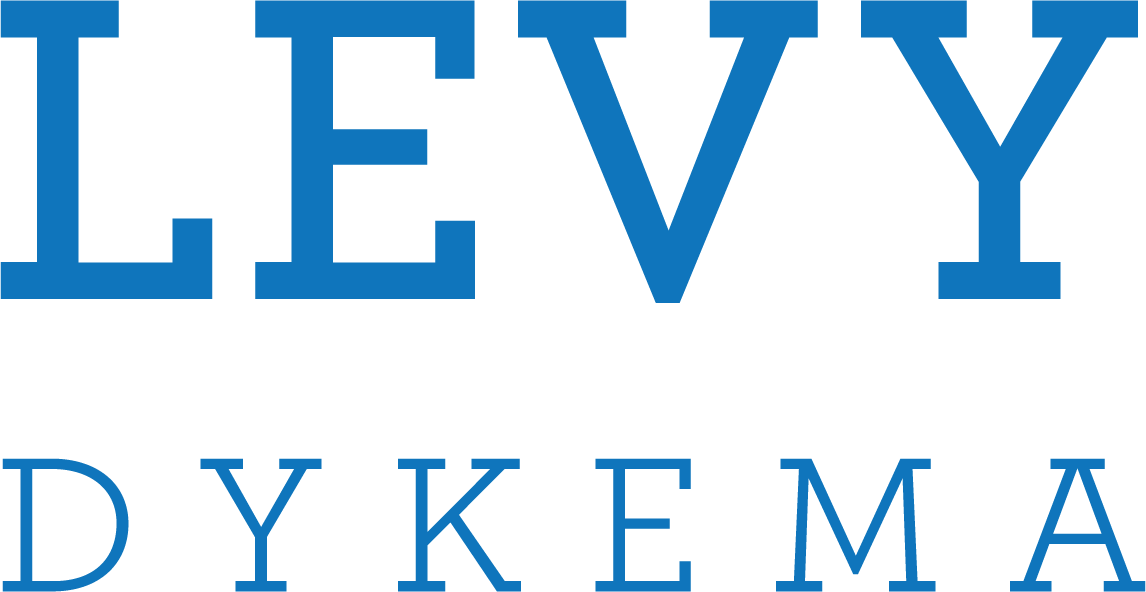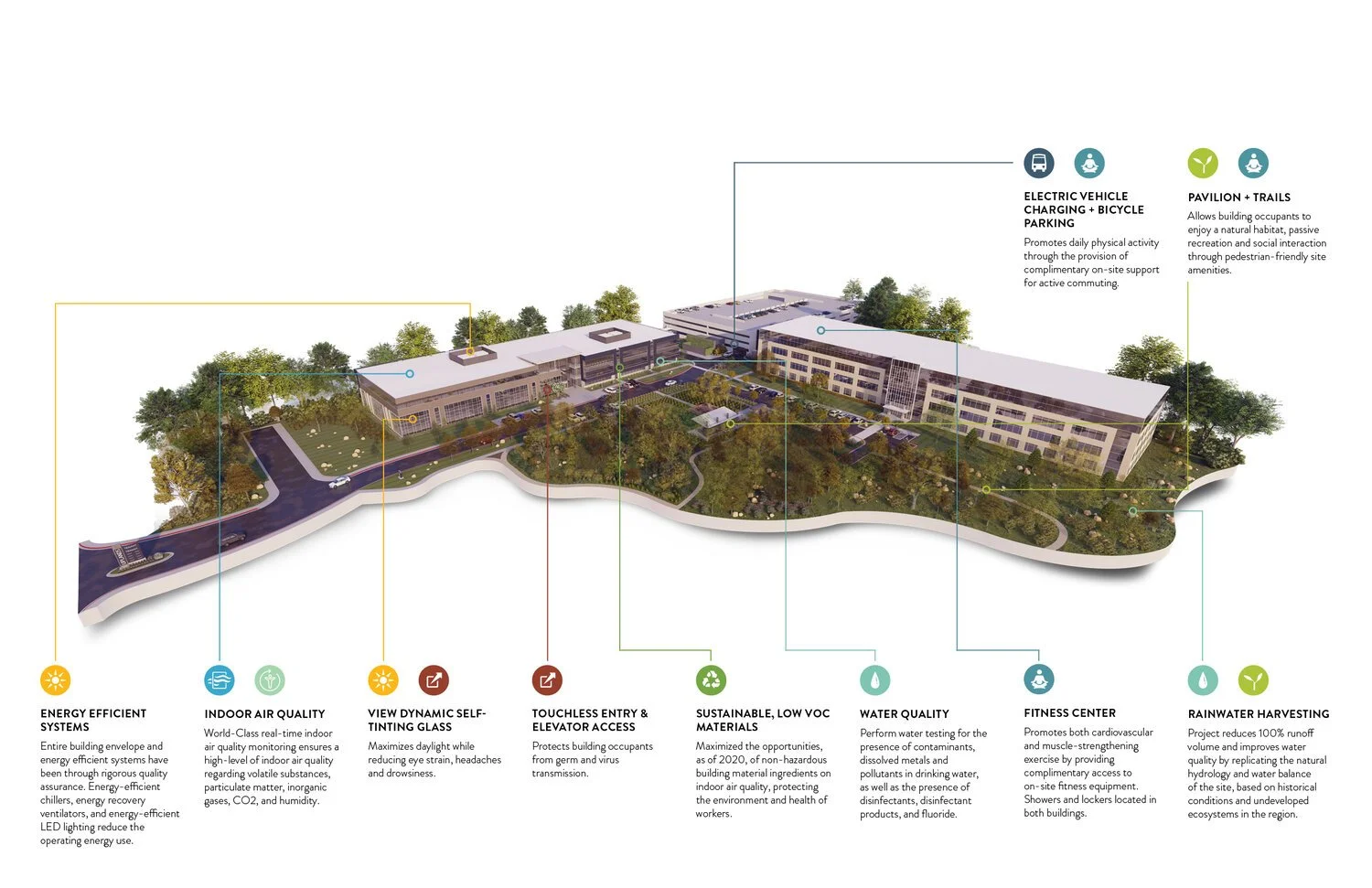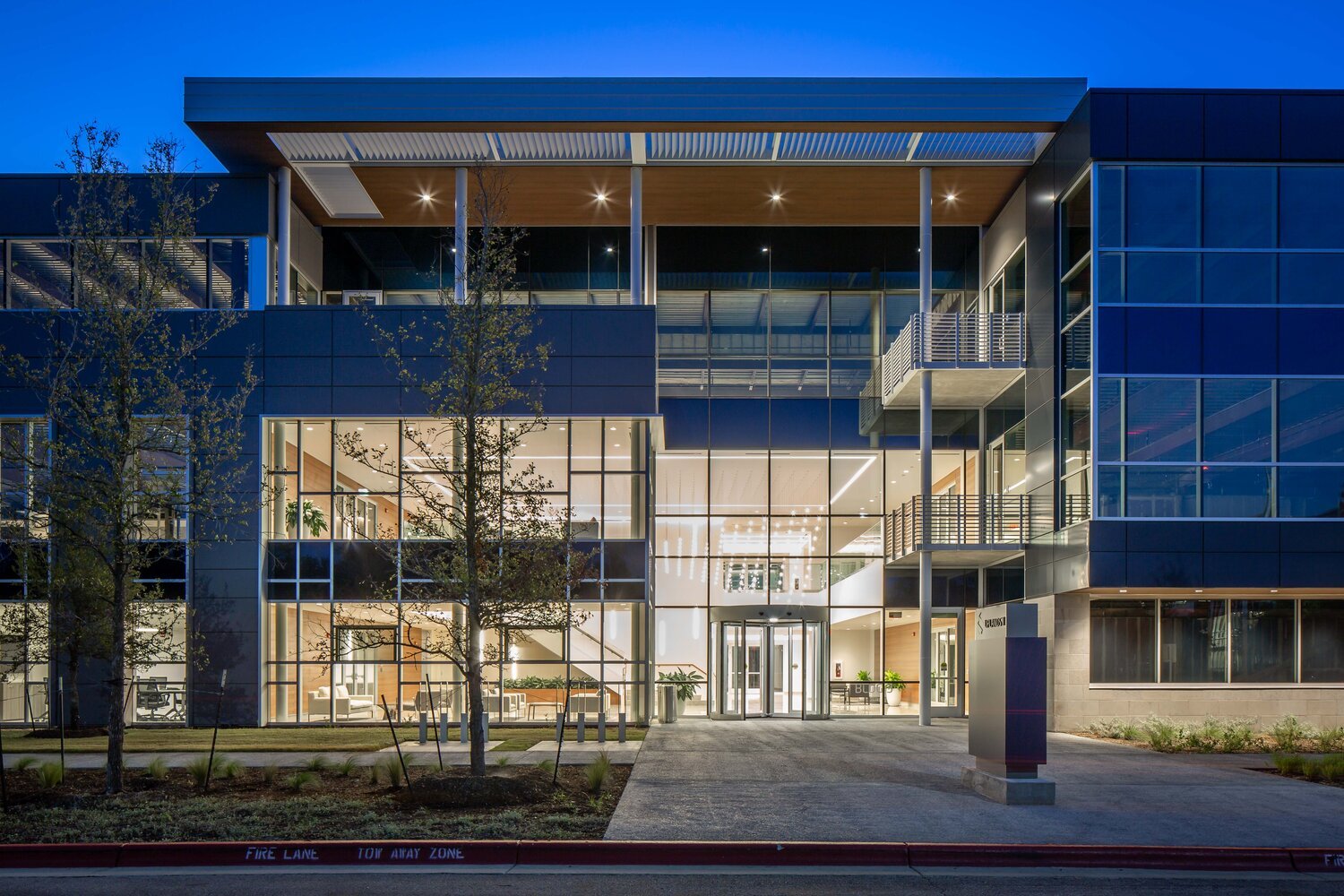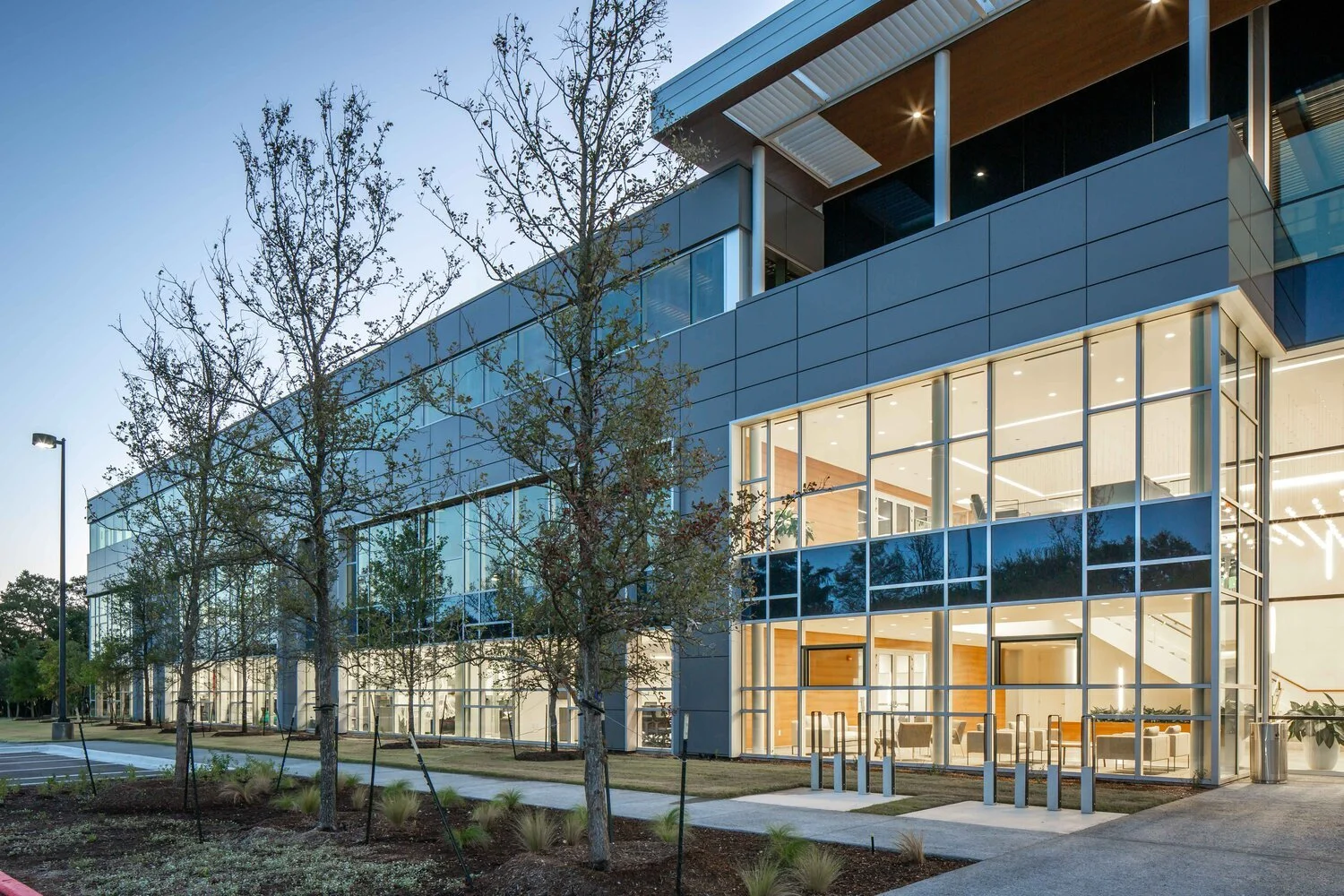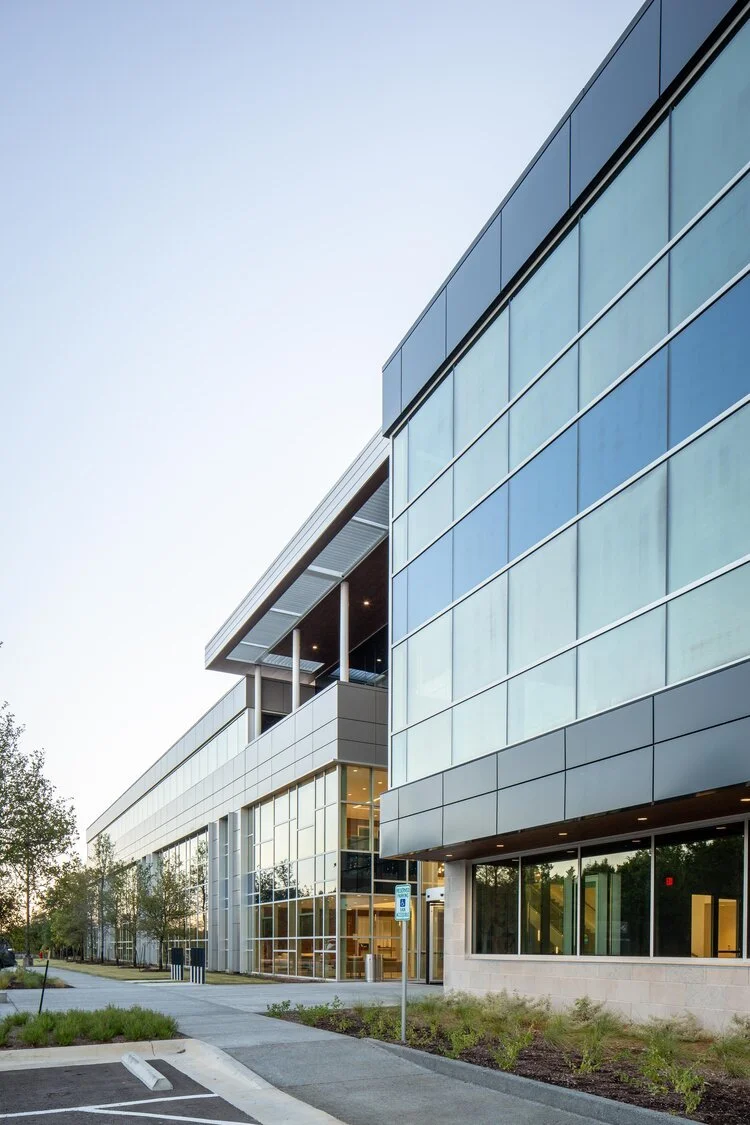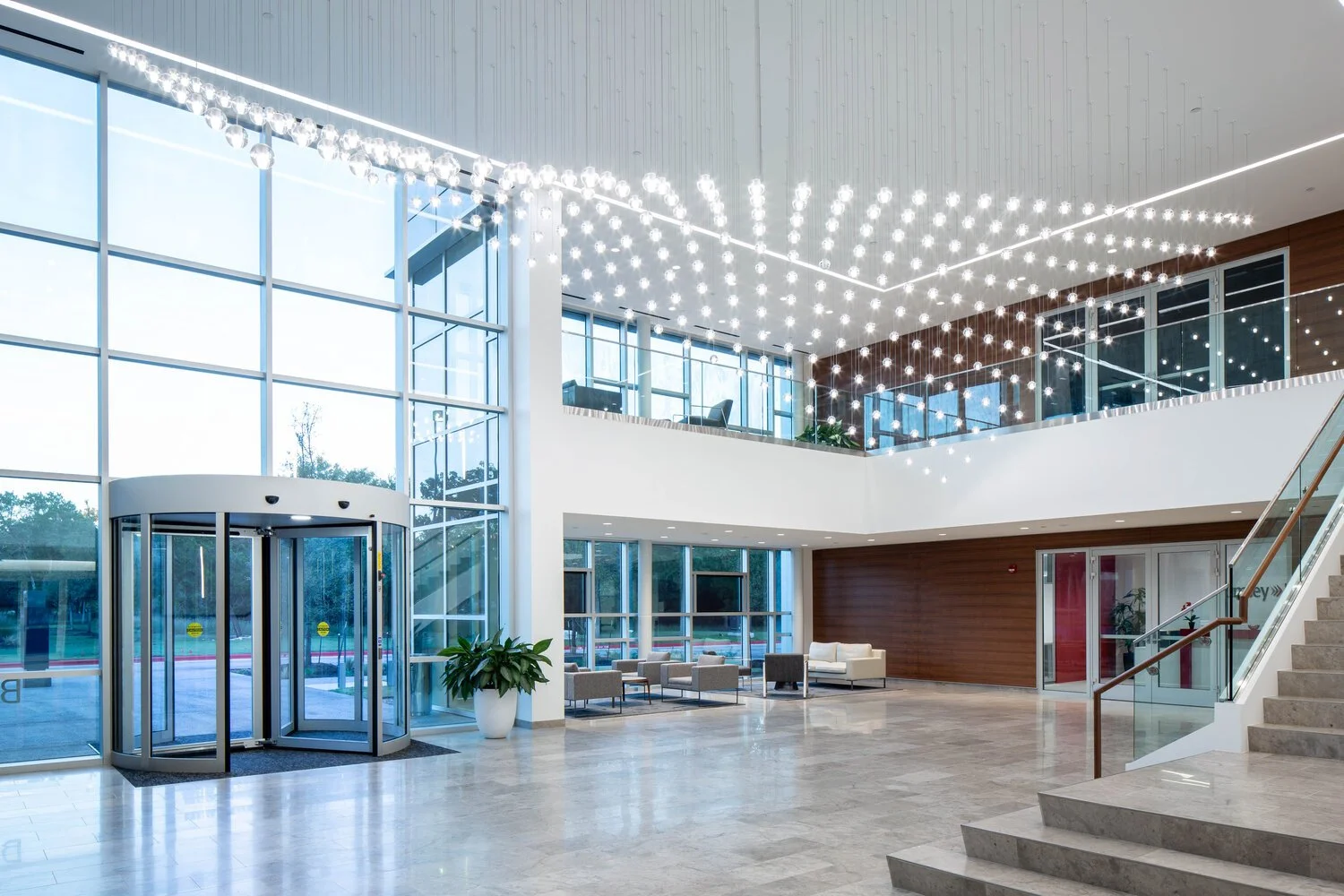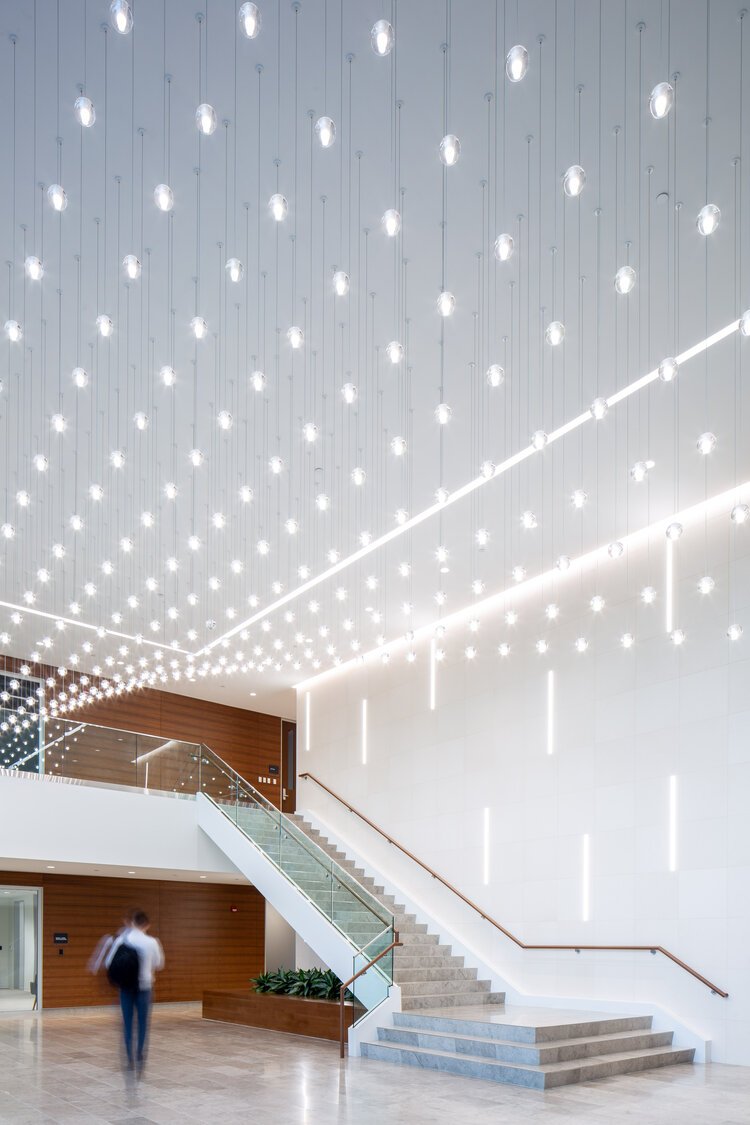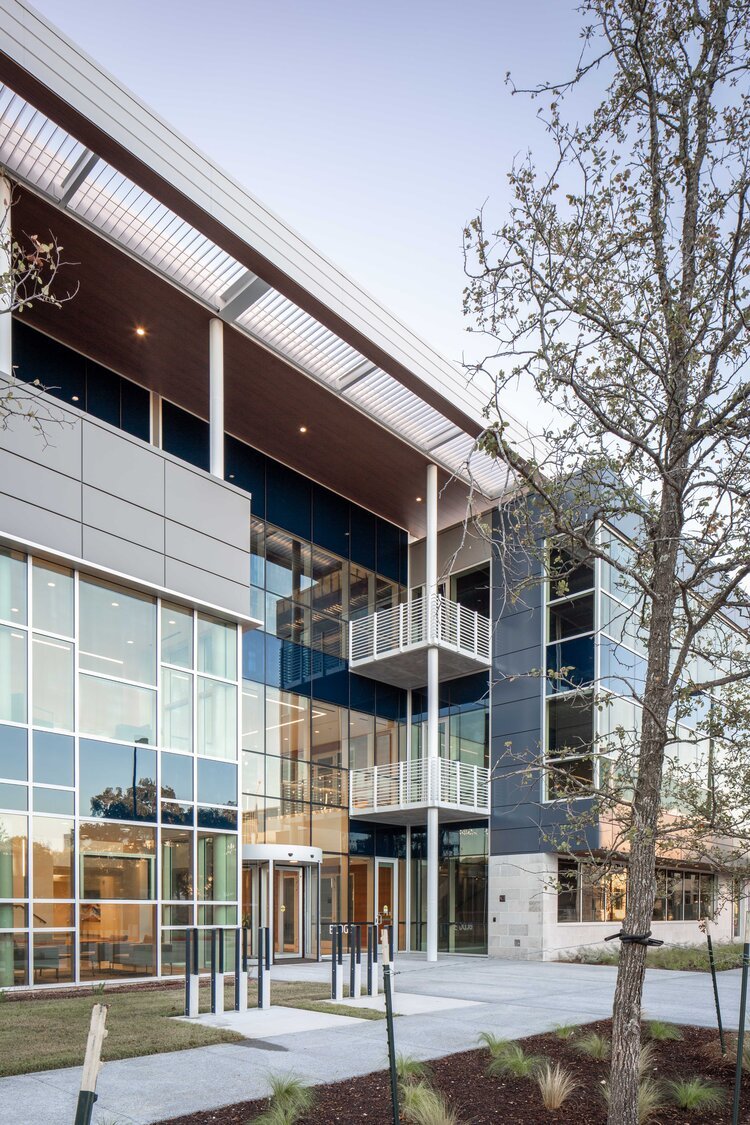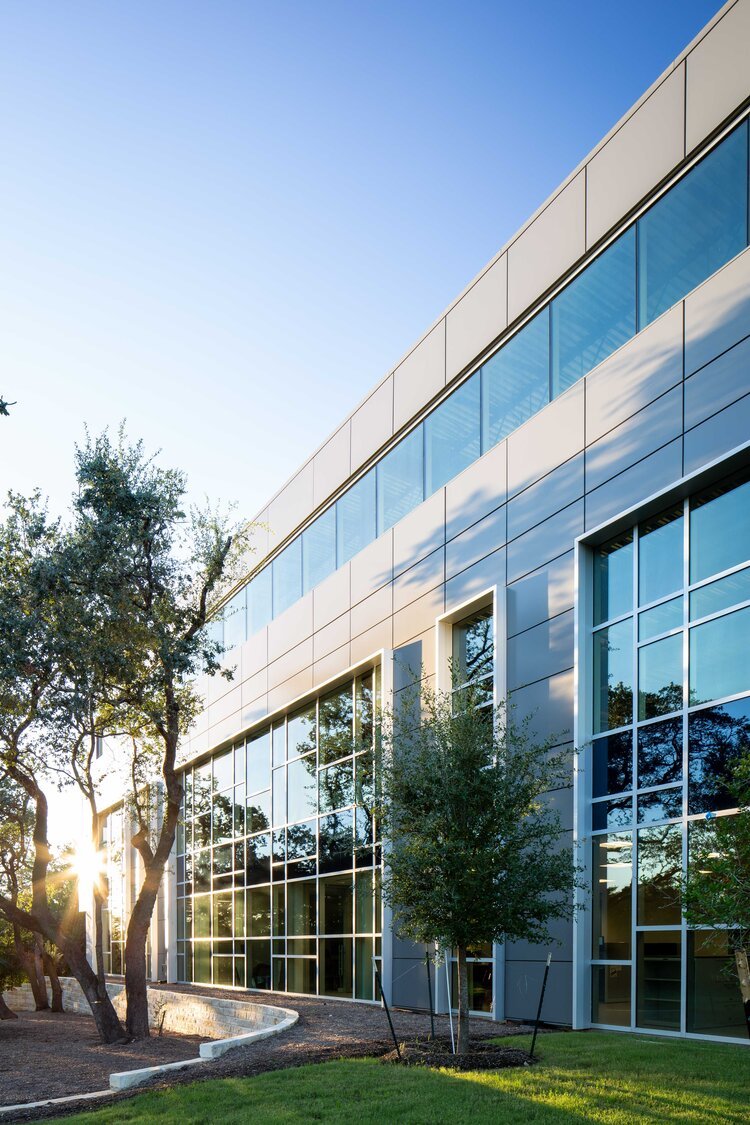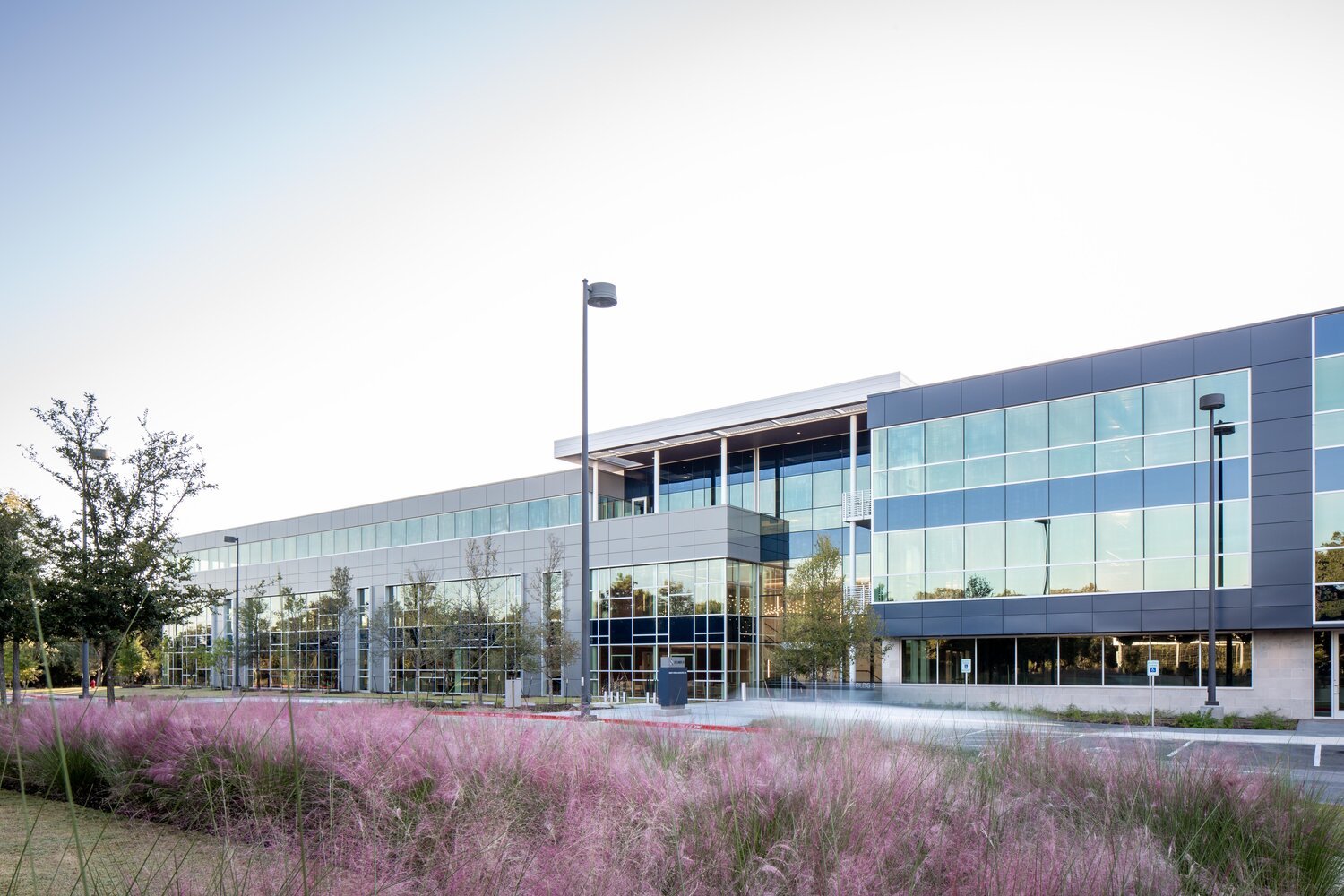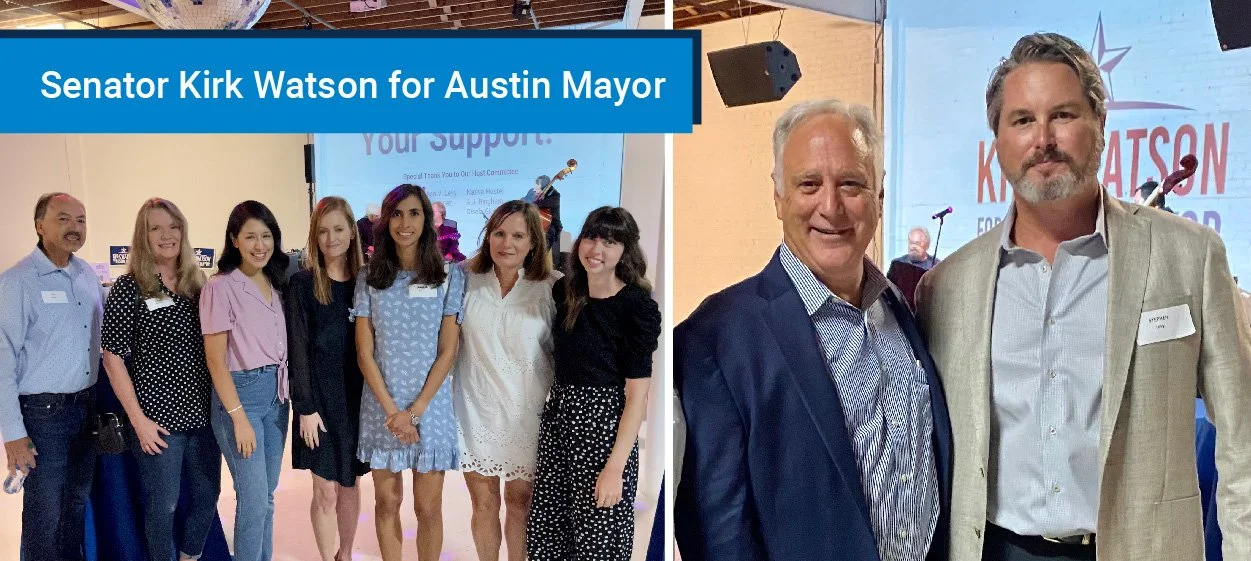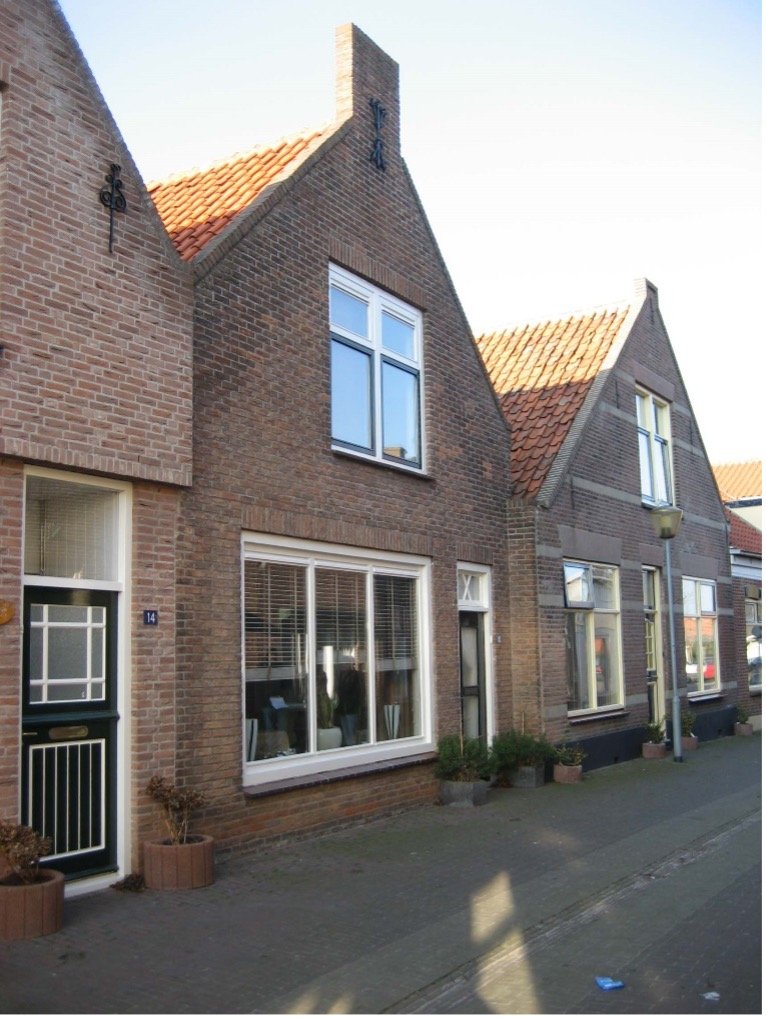Sustainability Issue
Texas Contemporary™ Monthly: Issue 16
Demystifying the Complex Concept of Sustainable Architecture
LEVY DYKEMA embraces the significance of sustainable design certifications; however, certifications aside, we believe it is best practice. Through our practice, we have had the opportunity to observe and experience the relationship between sustainability, vernacular, design, and technology. Some of our goals on a project might include:
To minimize negative effects on the environment, through water quality and water retention, locally sourced materials, locally sourced trades, energy-efficient spaces, source renewable materials, and the use of technology to monitor air quality, smart glazing, and other building systems.
Source local materials that are not only more efficient to source but emphasize our Texas Contemporary Brand™️.
The use of landscape can significantly impact the suitability of a project.
Today, sustainable design is a core competency of LEVY DYKEMA and a way of life.
Our Signature Work
Uplands Corporate Center, Austin, TX
Uplands Corporate Center is a 290,894 SF Class-A corporate campus located in SW Austin.
Phase II was designed to feature energy-efficient systems to reduce and monitor energy consumption. The project is LEED Certified, WELL COMPLIANT Silver Building, and RESET Air Standard Certified. Phase I has been upgraded to match many of the interior design features of Phase II.
REV Student Housing, Austin, TX
Our interiors team takes sustainability seriously when it comes to design. For the REV Student Housing project, the LEVY DYKEMA design team incorporated recycled materials including carpet from Enviorstrand SD nylon by Mohawk, chairs from EMECO, and wallcovering all made from recycled plastic bottles.
Plastic bottles can only be recycled so many times and working with manufacturers who turn these bottles into materials that can be used long-term helps keep them out of the waste stream for years to come.
Community Connections
LEVY DYKEMA recently co-hosted a fundraiser event to support the campaign of Senator Kirk Watson for Mayor of Austin. His presence and remarks energized the room filled with nearly 100 attendees of Austin’s young professionals.
We are confident in his proven ability to get things done and will need his leadership in addressing an equitable future for all to benefit from Austin's robust growth and future.
Event organizers Stephen V. Levy and Mike Martinez, along with other host committee members Max McCauley, A.J. Bingham, Gisela Girard and Al Aguilar were very proud and pleased with the fundraising event’s extraordinary success. Special thanks to Native Hostel for their hospitality and the Henry Brun Trio who provided a great music vibe.
Sustainability: A Core Component of Design at LEVY DYKEMA
Dykema House
A message from Principal, John R. Dykema Jr.
In 2008, my family made a trip to Oosterland in the Netherlands to visit the house my Dykema ancestor left when he came to America in 1762. We had a description of the house and directions and embarked on our adventure. As an architect, I was excited to see this home that had been passed down through six generations of Dykemas.
On a cold December day, we navigated through the small town and found the house which had added modern improvements such as windows, roofing, heating, etc. but was essentially the same as the original house after some 350 years. A perfect example of sustainable design.
What is Sustainability you might ask? The big definition is that it is a societal goal that broadly aims for humans to safely co-exist on planet Earth over a long time to maintain a healthy Society, Economy, and Environment. In other words, like our parents used to say, to leave the place better than when we found it. Architecturally this means six environmental strategies to us:
1. Passive Sustainable Design means to design around sun orientation and climate, being careful about solar gain and natural ventilation.
2. Active Sustainable Design. Involves working with our engineers to insure our mechanical, electrical, and plumbing systems are highly efficient and do not pollute the environment.
3. Renewable Energy Systems. By including systems that harness solar and wind energy, in addition to passive approaches to energy conservation, we can minimize our energy costs.
4. Native Landscaping is integral to our architectural design. By using trees, plants, and grasses that are native to the area we can greatly reduce irrigation needs and by planting trees that shade the roof and windows during the hottest time of the day solar heat gain inside the building can be reduced.
5. Green Building Materials and Finishes. We focus on specifying steel, lumber, concrete, and finishing materials, such as carpet and furnishings, from companies that use environmentally responsible manufacturing techniques or recycled materials.
6. Stormwater Management. By implementing stormwater management strategies, such as pervious pavement that helps to reduce runoff and retention ponds that capture runoff and slowly release water back into the ground, we can minimize the negative environmental impact of water runoff.
John R. Dykema Jr.
